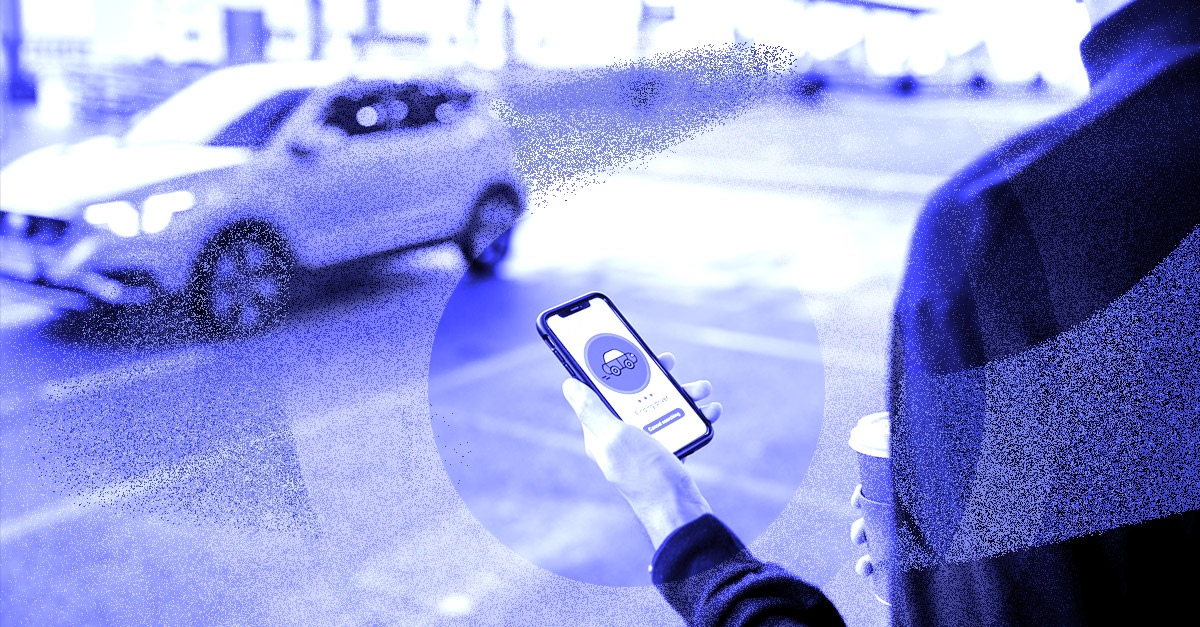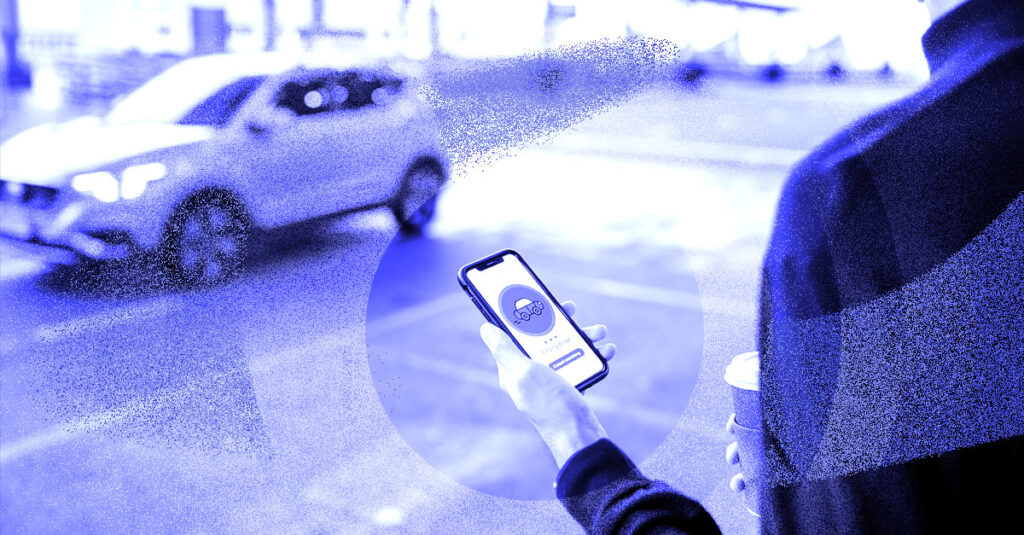 Each year, millions of international tourists cross borders to create lasting memories within a foreign destination. And while experiencing the local language is part of the adventure, language barriers, unfortunately, exist at every touchpoint.
Each year, millions of international tourists cross borders to create lasting memories within a foreign destination. And while experiencing the local language is part of the adventure, language barriers, unfortunately, exist at every touchpoint.
When we imagine optimizing guest experiences to better cater to vacationers, we typically think of airlines, trains, cruise ships, rental car companies, hotels, and tourist attractions.
Although these sectors are the heart and soul of the hospitality experience, there are also often businesses that guests interact with before, during, and after their travels.
Here, we’ll uncover some of these hidden sectors that support the hospitality industry, such as telecom and ridesharing, and explore how investing in language translations can better shape the guest experience and improve customer satisfaction.
Telecom
What’s the first thing you do when you land in a new country? Fire up your cell phone and try to hop online to either send a text or check social media. This could entail heading to an airport kiosk to buy a SIM card, downloading an electronic SIM (ESIM), or connecting to the airport WiFi. All of these options can be fraught with language challenges that can set the journey off on the wrong foot.
Consider this: Activating a new SIM card can be a hassle in your native language; now imagine having to do it in a foreign language. Even jumping onto an available, gated WiFi network can be headache-inducing when the landing page is full of incomprehensible text.
Telecom companies are critical to the traveler customer experience. After all, over 70% of surveyed US travelers say they “always” use their smartphones when traveling, up from 41% in 2015. By translating messaging, FAQs, and customer support services across multiple languages, telecoms can help travelers stay connected in their native language and have one less thing to worry about.
Banks / Financial Institutions
Inevitably, a traveler is going to need cash during a vacation, and if they didn’t change currencies while at the airport, then they’ll most likely drop by an ATM. It’s an experience we take for granted, but it can be quite maddening when you don’t understand the language that pops up on the screen — especially with the conversion rates and fees.
What happens if the transaction is declined and the traveler doesn’t understand the reason? Is it a problem with the card, or perhaps they entered the wrong PIN? This whole process could be faster and frustration-free if the ATM provided translated content and allowed users to choose their language right from the start.
Ridesharing
A decade ago, a traveler trying to get to their hotel, motel, theme park, or a sporting event would have to approach their concierge or flag down a taxi and try to communicate their destination to the driver.
But today’s ridesharing companies like Uber and Lyft make it easy for travelers to get a ride delivered straight to them. Best of all, the destination is sent directly to the driver’s mobile device. And while these two tech giants have all but cornered 99% of the US market, they’re not available (or not widely used) in all markets across the world. Cabify, InDriver, and Didi are just a few of the names that are popular in some foreign countries.
But if the content found on these apps, along with customer support, is available only in the local language, then it’s going to cause yet another disruption in what should have been a smooth and seamless experience getting to or from a destination. With content available in a range of languages, ridesharing companies can help hotel guests arrive at the front desk with one less hiccup.
Travel Insurance
After two years of pandemic-induced lockdowns ruining vacations, and worker shortages causing airlines to cancel flights, it’s no wonder that travelers are turning to travel insurance to protect their wallets in the event of a trip cancellation, disruption, or other mishap.
Travel insurance comparison site Squaremouth reports the demand in travel insurance spiked 20% following reports of the COVID-19 Delta variant, and 53% following news of the Omicron variant.
Depending on the elected coverage, travel insurance can reimburse passengers for everything from lost baggage to the loss of a limb. And while policy details can sometimes involve inscrutable legalese, they become completely illegible when presented in an unknown language. Additionally, contacting insurance companies for reimbursements is rarely simple, but non-native language forms and customer support will only create more headaches for already frustrated travelers.
With language translations, travel insurance companies can help prospective customers choose their offering, and help current policyholders navigate support in their own native tongue, improving customer satisfaction.
Native-language content drives better experiences
To help deliver a better CX, digital rail, and coach platform, Trainline partnered with Unbabel to localize the web and mobile UX of trainline.com. Now, the site can be accessed in nine languages and serves 90 million visitors each month from across 173 countries.
Companies, like Trainline, in the travel and hospitality business can leverage modern AI-powered LangOps platforms to translate marketing messaging and guest services support interactions at scale, so international travelers can focus on enjoying every exciting moment of their trip.
For tips hospitality companies can use to optimize their website for international visitors, check out our article: Website Localization: How to Get Multilingual Content Right.












